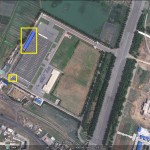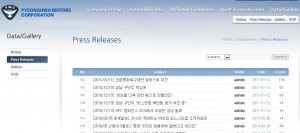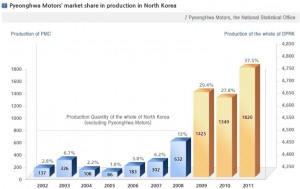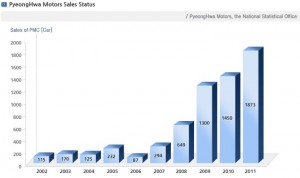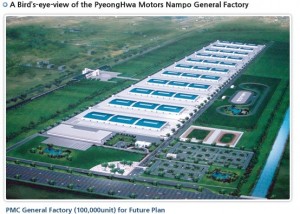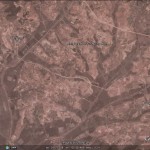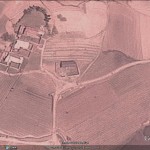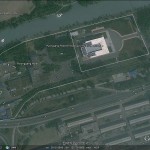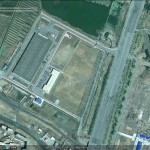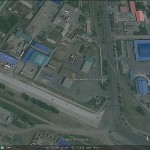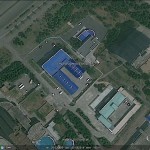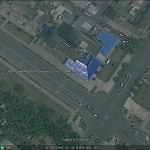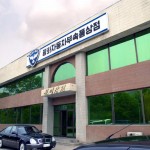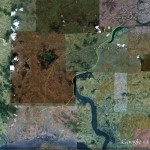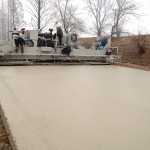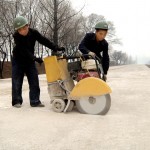According to Reuters:
While Beijing has not made clear whether the test would disrupt its investment plans for the Rason economic zone, an official at the zone’s joint management office told Reuters that all previously announced Chinese projects for the zone remain on track, including a power line from China to ease acute electricity shortages there.
“All the people of the management office are still here working as usual… If there is any major impact (from the nuclear test), do you think we would still be here?” he said by phone from Rason, which lies near where North Korea, China and Russia converge. “All works are proceeding as planned.”
There are about 60 Chinese and North Korean people working at the management office, and the number may grow with the launch of more projects, said the official, who declined to be identified as he was not authorized to speak to the media.
China and North Korea jointly set up the Rason management committee in October to handle the planning, construction and development of the zone, also known as Ranjin-Songbong, one of the country’s highest profile economic projects.
…
“China has normal relations with North Korea. We will conduct normal trade and economic exchanges with North Korea,” Hua Chunying, China’s foreign ministry spokeswoman, said when asked whether China would continue to work with North Korea to develop its special economic zones after the nuclear test.
…
Led by China’s commerce ministry, Chinese firms, including State Grid Corp, Jilin Yatai (Group) and China Railway Construction Group and other state enterprises, have indicated interest in investing in power, building materials, transport and agriculture projects in the zone.
Yatai, a Shanghai-listed cement and coal producer, signed a framework agreement last year with the North Korean government to construct a 500,000-square-metre building materials industrial park, including a cement plant, in Rason.
State Grid finished the final review of the feasibility study of the 97.8-kilometre power line early this year, but has not started construction as it has not yet won all approvals, the official and a source close to the plan said.
The planned line would cut through a Siberian tiger natural reserve, and State Grid is awaiting a green light from China’s National Development and Reform Commission and coordinating with various other authorities, the source told Reuters.
There is no timetable for the project as State Grid is unsure when it would receive government approvals, he added. State Grid was not immediately available for comment.
Jilin Yatai may delay its cement project in Rason — which is critical to the construction of other projects such as the railway there — due to “issues on the North Korean side,” said an official at Yatai’s securities office.
But the likely delay of the project was not related to the nuclear test, the official said by phone from Changchun, capital city of Northeast China’s Jilin province, which borders North Korea. He declined further comment.
In a filing with the Shanghai bourse in August, Yatai said it planned to complete the construction of its first cement plant in North Korea by September this year only if there is sufficient power capacity available.
Read the full story here:
China moves ahead with North Korea trade zone despite nuclear test
Reuters
2013-2-28

